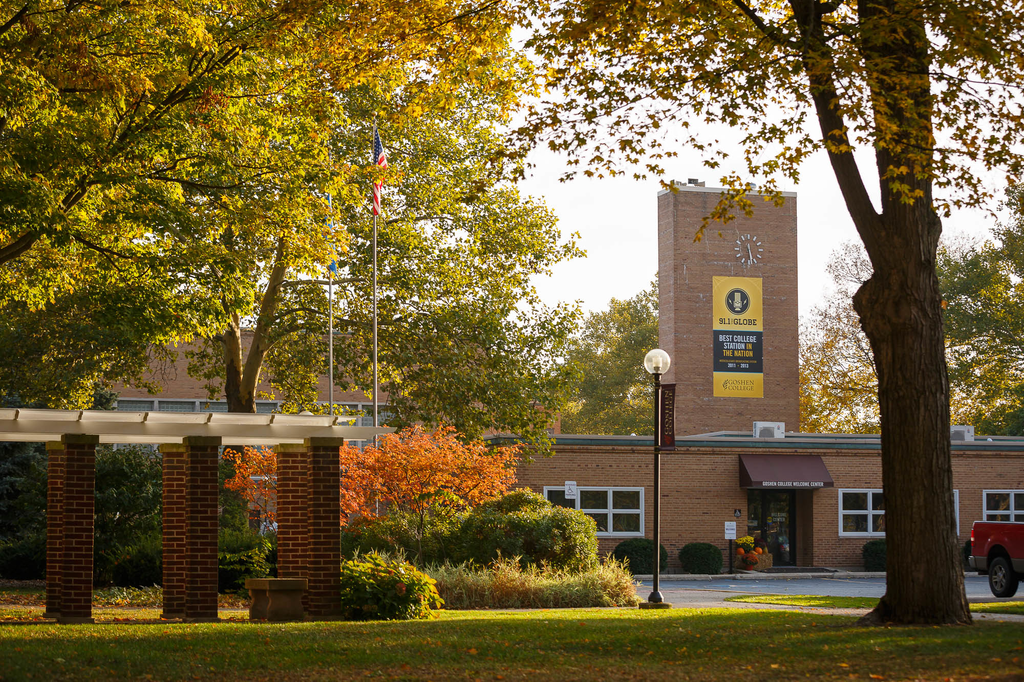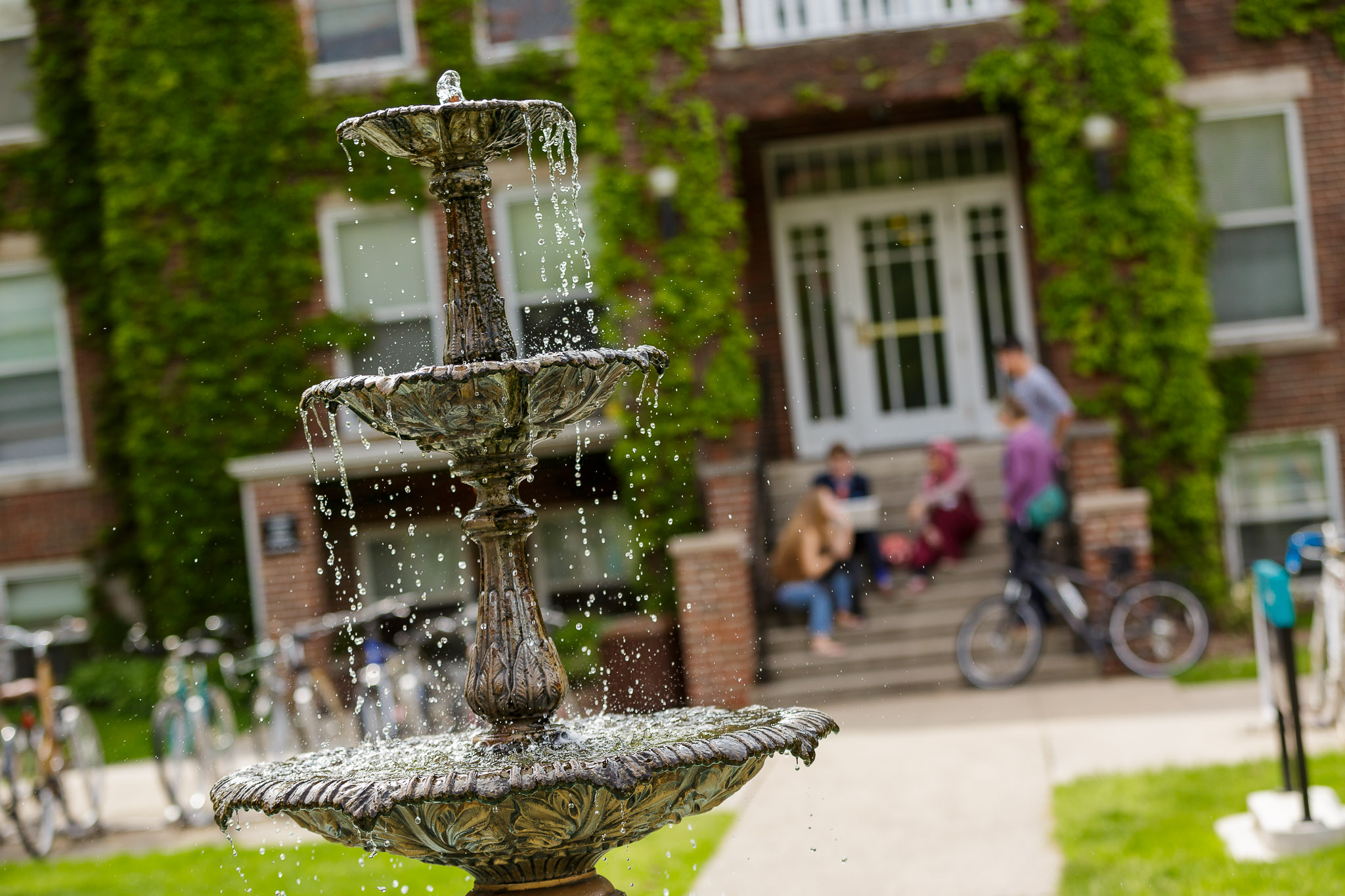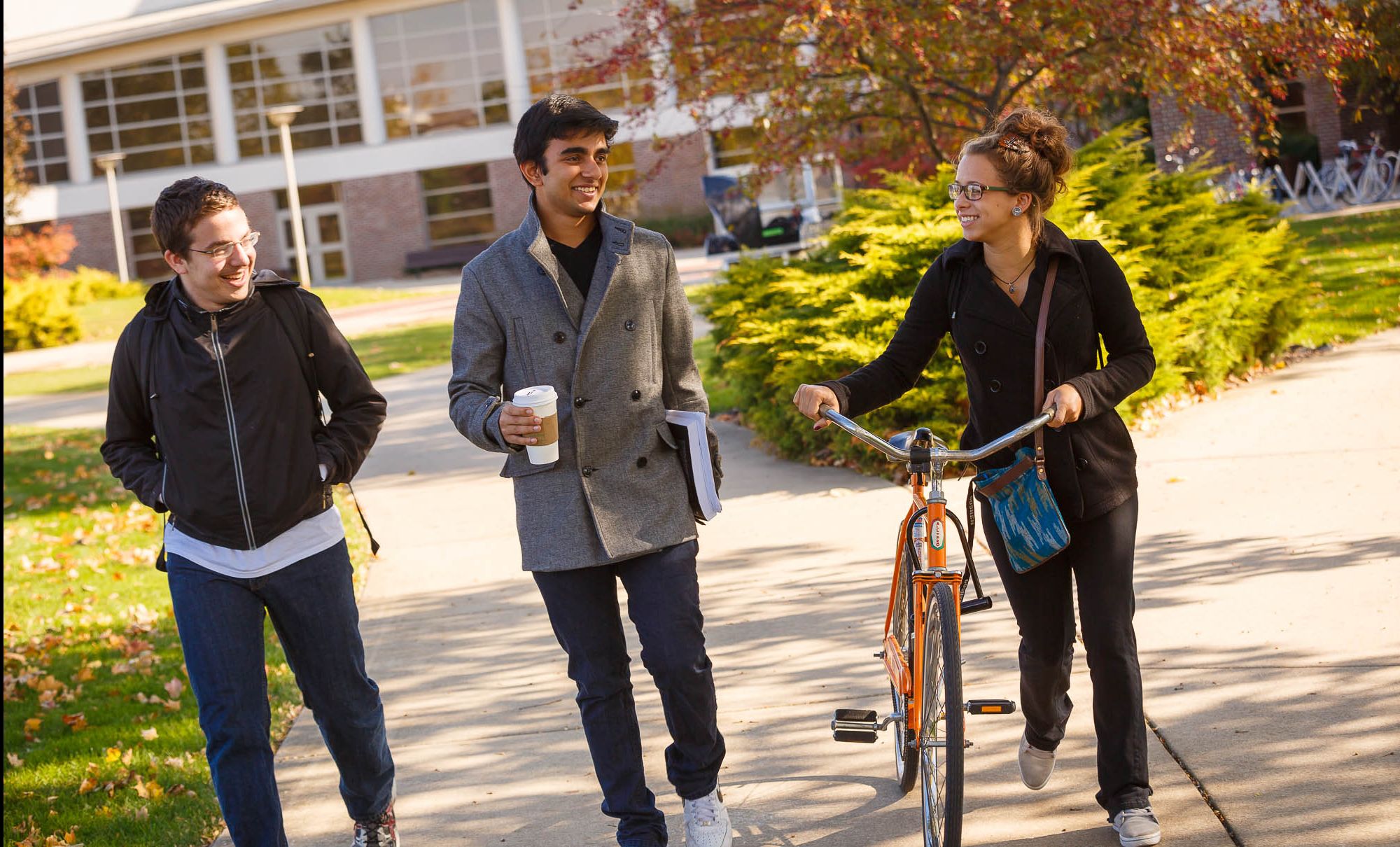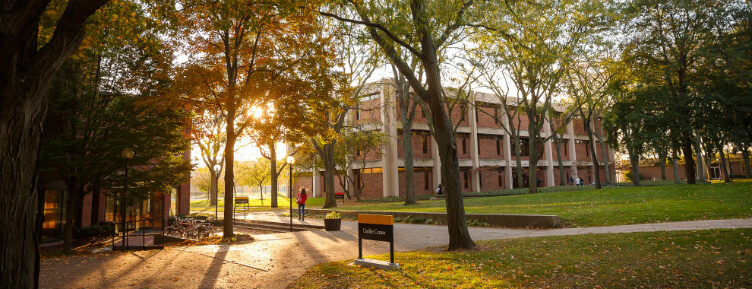Living True Evangelical Faith
This article originally appeared in the Spring/Summer 2025 issue of The Bulletin.
What does it mean to live out “true evangelical faith” today? Inspired by Menno Simons’ timeless words and in honor of the 500th anniversary of Anabaptism, this series of essays explore how Goshen College embodies this calling across campus and beyond. Through these voices, we see faith in action — in classrooms, labs, worship spaces and community engagement. These stories reflect a college deeply committed to forming compassionate, courageous servant leaders for the church and the world.
Faith Behind and Beyond Bars
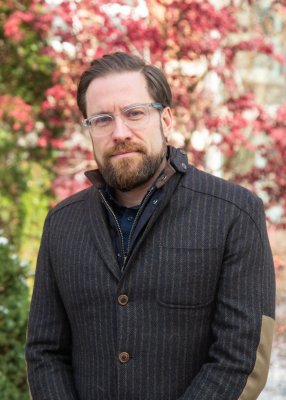
By Robert Brenneman, professor of criminal justice and sociology, honors program director
It’s always fun to see the faces of my first-year Criminal Justice and Restorative Justice (CJRJ) students when I inform them that, to graduate in the major, they will need to take a course in jail. A few of them respond with intrigue, others with a look of bewilderment. “Did I hear that right?”
Since 2014 — before the CJRJ major existed — Goshen College has offered a Peace, Justice and Conflict Studies course called “Inside-Out.” Open to all students, the three-credit May-Term course is modeled after a program developed at Temple University. It brings together an equal number of college students (“outside students”) and residents of the Elkhart County Correctional Complex (“inside students”) who take a course together inside the jail. Students read from printed anthologies, write assignments in paper notebooks and — in a professor’s dream come true — leave all electronic devices at security!
The course, which often runs separate sections in the men’s and women’s wards, is typically team- taught with titles like Justice in Our Lives and Journeys of Trauma and Resilience. As both a safety precaution and a way to remember each other, we use alliterated first names rather than last names: I’m “Ramblin’ Rob” and my students are “Dancing Donald” or “Rockin’ Ryan.”
Over the years, more than a few GC students have cited Inside-Out as one of the most formative courses they have taken. The challenge of working side-by-side with people whose life trajectories have been wholly different from their own can be difficult and emotionally taxing — for both inside and outside students. But from the challenge comes joy and inspiration as we come to “see” each other in new ways. At least, that’s the way “Junkfood Joe,” an inside student and gifted writer, described it in his closing journal reflection:
This class has spoken to the deepest parts of my soul. What I have read has brought a sense of ‘I see you’ that I have needed, as well as a place to sail.
Perhaps this is what Menno Simons meant when he said that “true evangelical faith … seeks those who are lost.” Each year at the end of an Inside-Out term, I feel a little less lost myself.
Tracing Faith through Time
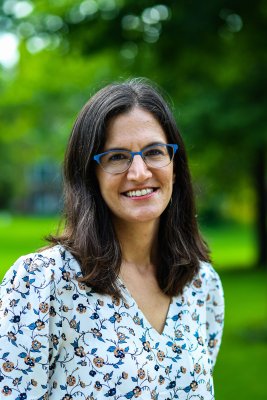
By Elizabeth Miller ’06, director of the Institute for the Study of Global Anabaptism, assistant professor of history
Menno Simons’ “true evangelical faith” passage is one that has resonated across Anabaptist history. Earlier this year, I attended a conference in Cusco, Peru, recognizing 500 years of Anabaptism. As part of that gathering, we sang a rendition of Simons’ words. Yet the sociopolitical and religious realities of Latin America are very different from those of Europe during the Reformation, and so we must also assume that these words take on new meanings for Latin American Anabaptists.
It is this ability to trace and reflect on the connections — and ruptures — across time that guides the work of the Institute for the Study of Global Anabaptism and the Mennonite Historical Library at Goshen College. When students are able to join this work, regardless of their own faith background, the connections are particularly rich. Over the past three years, students have cataloged and transcribed interviews with Latin American Anabaptists; digitized photos and personal letters from archival collections of Goshen College alumni; written biographies for the Global Anabaptist Mennonite Encyclopedia Online; compiled sources for a published bibliography on Anabaptism and mission; and joined the volunteer Amish-Mennonite Exhibit Committee.
In each of these endeavors, they have encountered the stories of people and communities who have struggled to follow Jesus with lives of true evangelical faith. Some students have marveled at the similarities shared by female Anabaptist music instructors from very different global contexts. Others have struggled to reconcile Islamic and Mennonite descriptions of interreligious relationships. A current exhibit on Hutterites’ shared material life has intrigued students with its communitarian faith perspective. Student researchers have been captivated by the lives of everyday historical figures, whose personal trajectories both illuminate and complicate broader institutional and church histories.
Through these encounters with the past, students find endless interpretations of Anabaptist faith — interpretations that they can place in conversation with their own convictions and formation. Indeed, for the sake of truth, neither research nor true evangelical faith can remain idle.
Harmony with Purpose
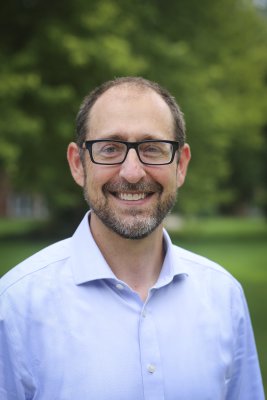
By Scott Hochstetler ’97, professor of music
As we celebrate 500 years of Anabaptism, Menno Simons’ words “true evangelical faith cannot remain idle” ring at the forefront of our minds at GC, where we are “ever singing.”
While music in its purest form has an impact on everyone, the way we use it at GC is profoundly active. We sing our faith, we sing our prayers, we sing our hopes for achieving heaven on earth. And we do it as a community — we belt out our alma mater in the opening chapels, we share our heartsongs at alumni hymn sings, we warble O Come, All ye Faithful in a packed Sauder Concert Hall to close our annual Festival of Carols.
But we don’t limit our singing to praising our Creator — we also create music for social change. We sing against the scourge of gun violence, sing anthems of solidarity and peace for Ukraine and Israel/Palestine, and sing songs of racial reconciliation in choir concerts. BIPOC women on campus raise their voices through the Queen Singers, and students from across disciplines create relationships that resonate with the music class United Sound.
During my 17 years at GC, I’ve had a number of mountaintop musical experiences, but two came to mind as examples of faith in action. The first was a memorial concert for our beloved music professor Debra Detwiler in which the GC orchestra and choirs joined for a performance of A German Requiem by Johannes Brahms. And the second was our recent run in the Umble Center of the rock musical Rent. Both works had moments of great lament for the departed but also great hope for God’s unfailing love for all people.
At GC, we strive to create a nurturing, supportive environment for all our musicians, no matter where they are on their musical journey. This year, I’ve begun each choir rehearsal with a short prayer of gratitude — thanking God for music, for our voices and for one another. At our final choir concert, we honor our seniors, sending them off with a Ghanaian song of love and blessing called Woyaya, which says: “We are going, heaven knows where we are going, but we know within.”
May we continue to keep this abiding and active love at the forefront of our music-making at GC.
Where Faith Takes Root
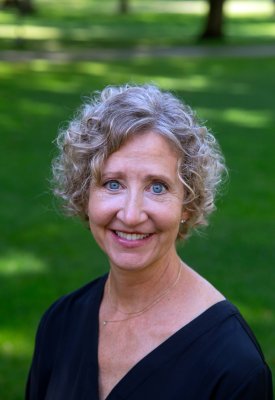
By Jen Shenk ’94, campus pastor
My husband and I planted tulip bulbs last fall. Throughout the dark and cold days of winter, I always felt a glimmer of hope when I anticipated the promise of spring and (perhaps!) new flowers to enjoy. The wait seemed long, and to be honest — at times I completely forgot about those bulbs buried in the dirt. But one sunny, warmer day in early March, I gasped in delight when I noticed tender green shoots poking through the ground. There they were — stretching toward the sun — standing tall, strong and true. Seeing this new life push through the soil and rocks to finally reach the light brought such joy!
I think being a campus pastor is kind of like planting tulips. Faith formation is often unseen, taking place over an extended period of time — requiring lots of perseverance and patience. As I encourage spiritual growth, I am like a gardener, tending the soil. I help provide things that nurture growth: chapel services, Bible studies, prayer vigils, spiritual disciplines and pastoral care. It is holy and humble work, but ultimately it’s not my work alone; I am a small part of something much greater. The Spirit is at work in the lives of these students and within our larger campus community.
When faith is well-nourished, it becomes active and evident. Or, as Menno Simons put it, “True evangelical faith cannot lie sleeping.” When students present at our annual C. Henry Smith Peace Oratorical Contest, they bear witness to Jesus’ teachings of nonviolence and call us to greater faithfulness. We gather to light candles as our lament and protest against injustice. And I see firsthand the transformative power of serving in love when students encounter new cultures through our Study-Service Term.
Any gardener worth their weight in dirt knows that diversity is needed for growth and resilience. Our students come from many different cultures and faith backgrounds. This provides opportunities for strengthening one’s own faith while also learning to engage respectfully with difference. For example, we intentionally shape our chapel services to include a variety of singing styles and cultures, led by a student singing team. This honors our diversity while creating community and belonging.
I’m grateful to be part of a faith institution that is rooted in the ways of Jesus, where students can take root, grow and flourish — blooming into the fullness of who God created them to be!

